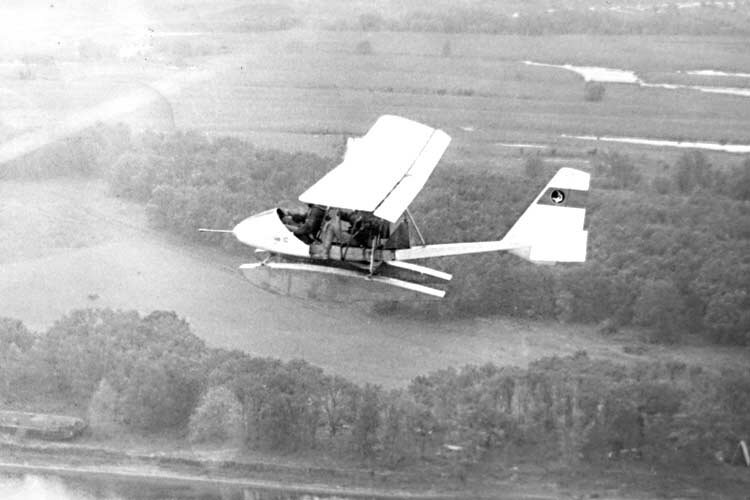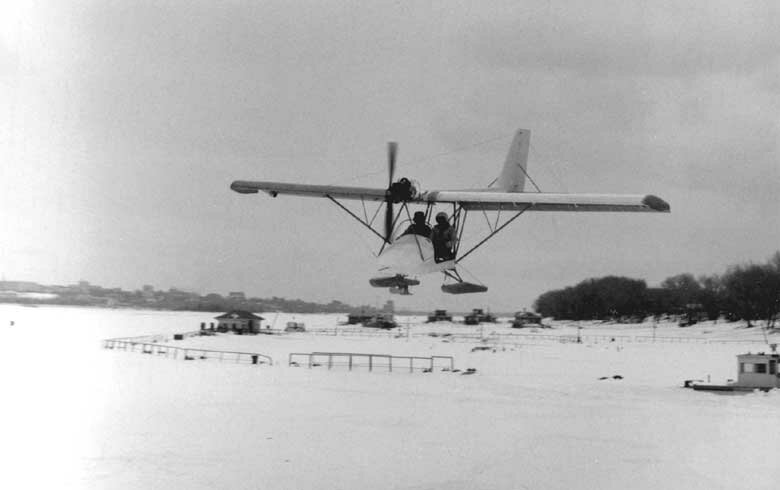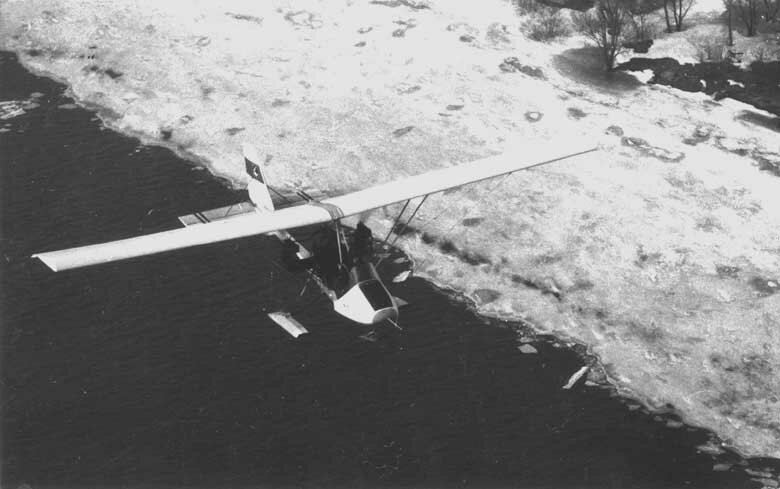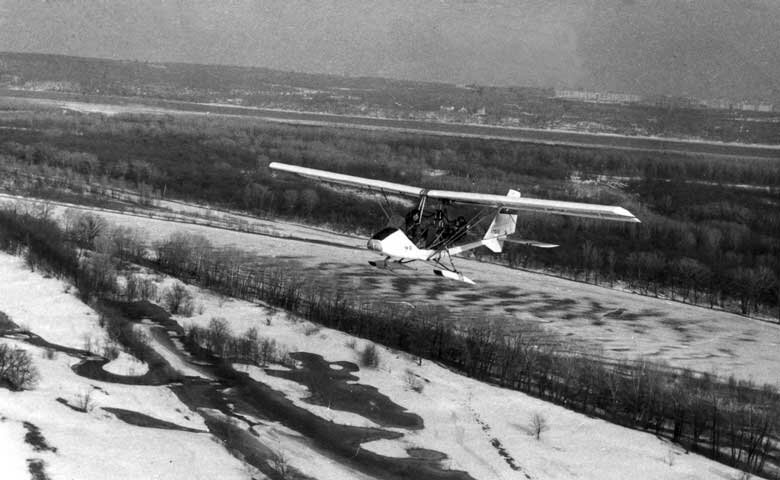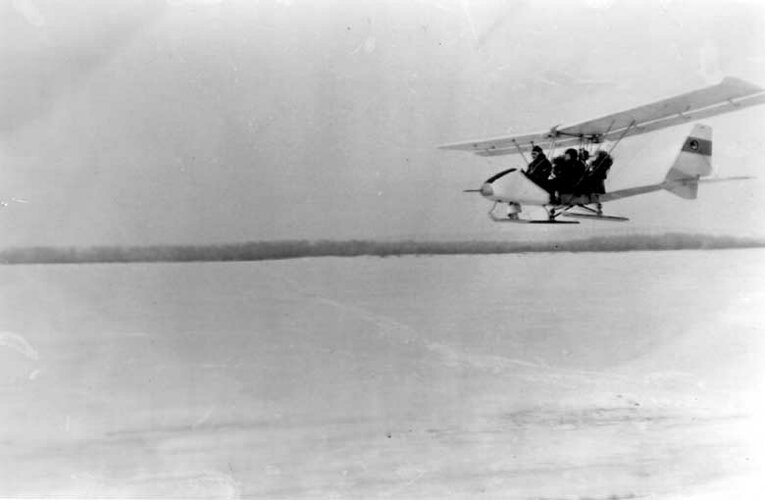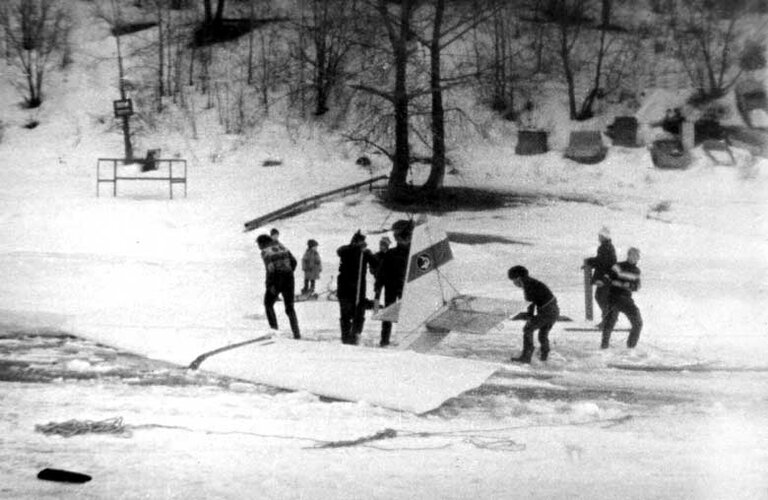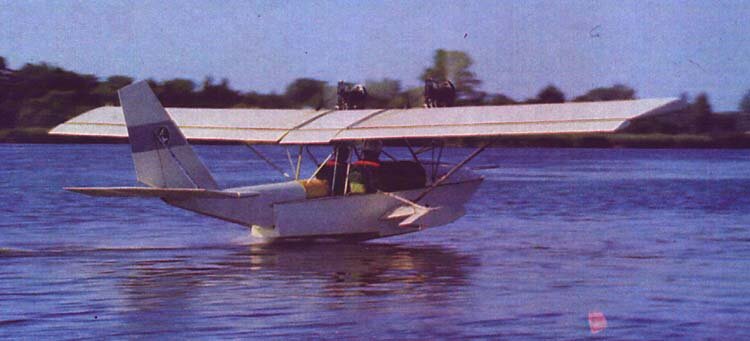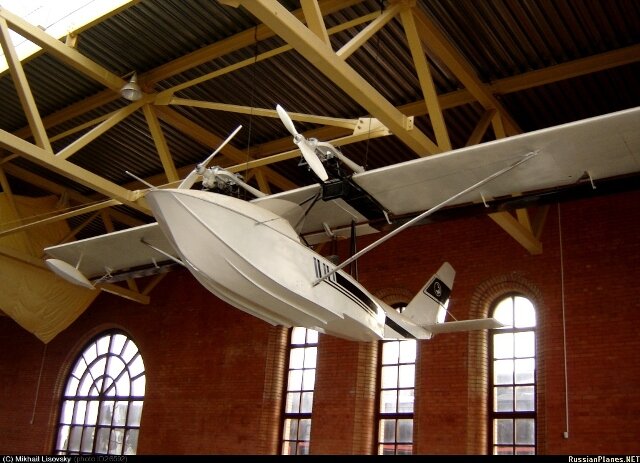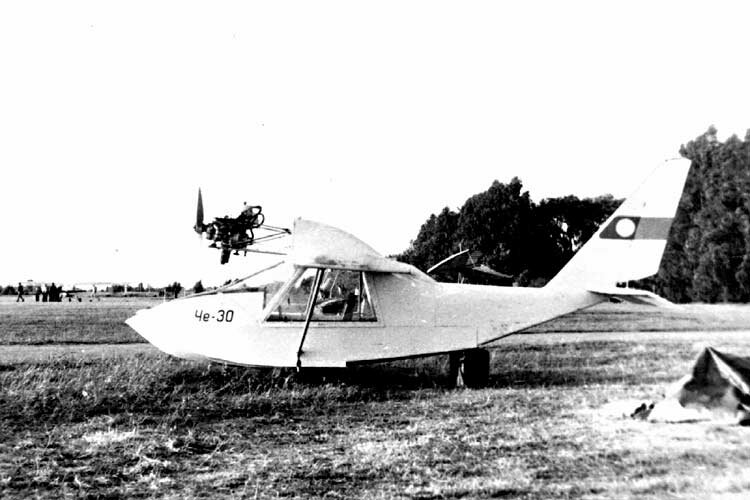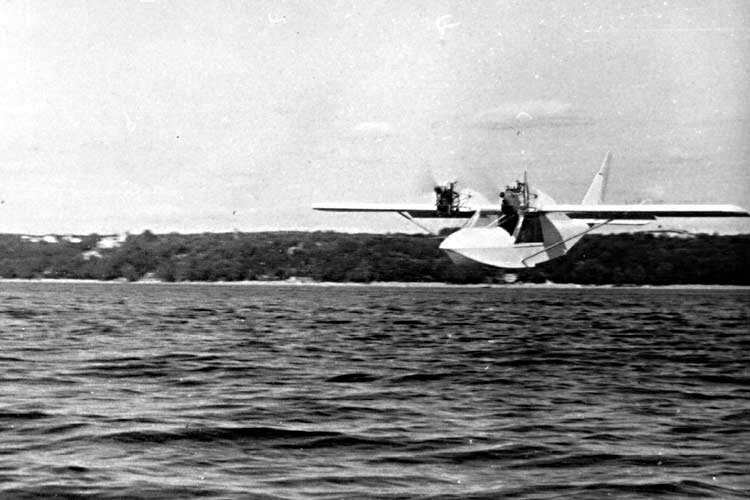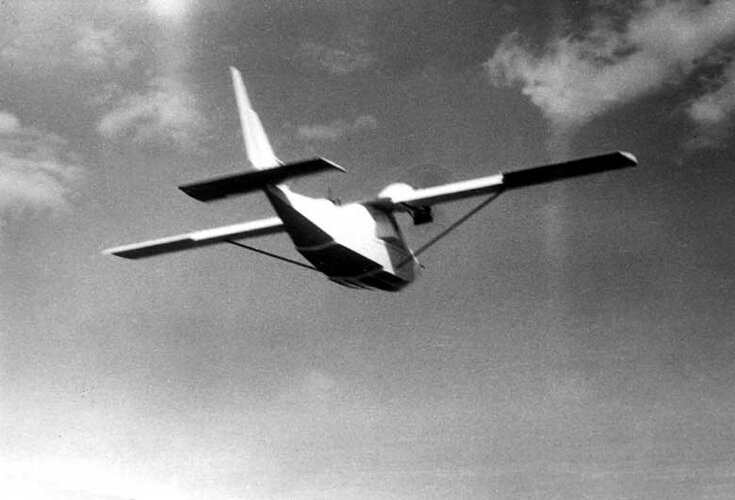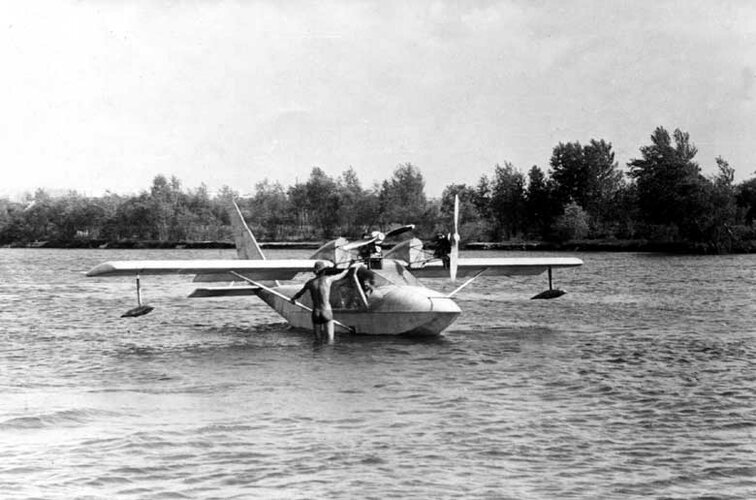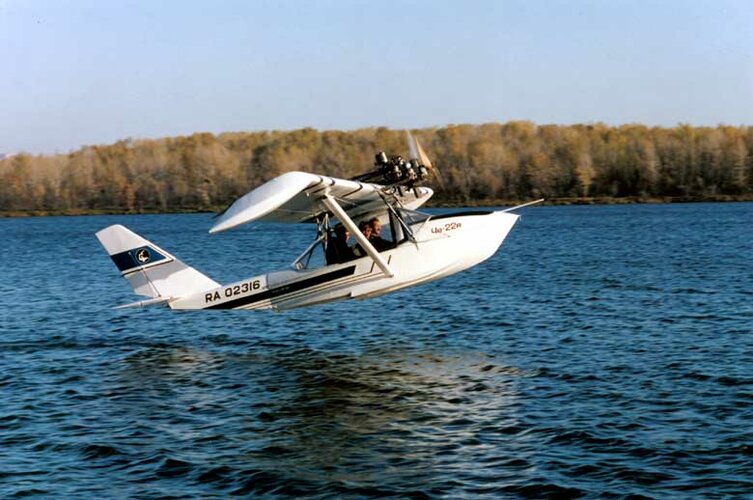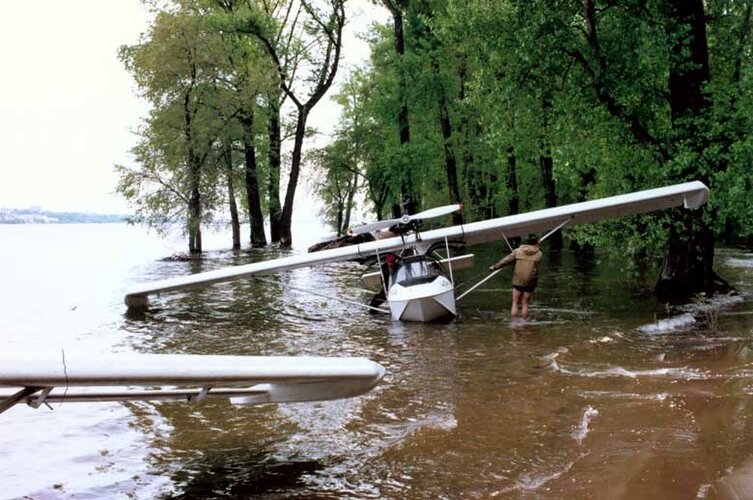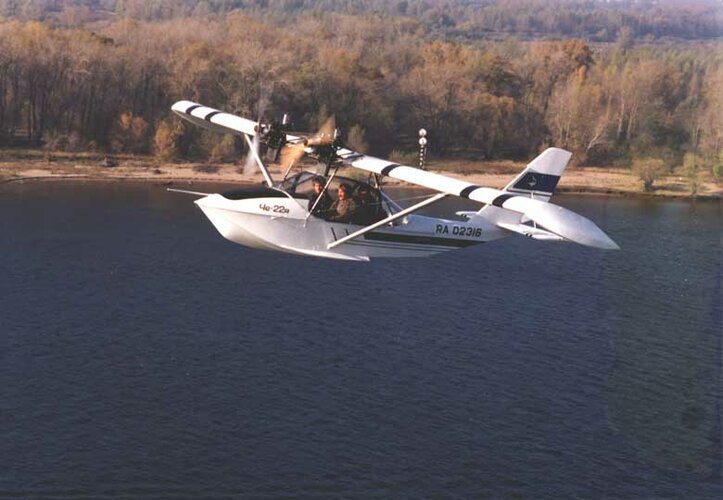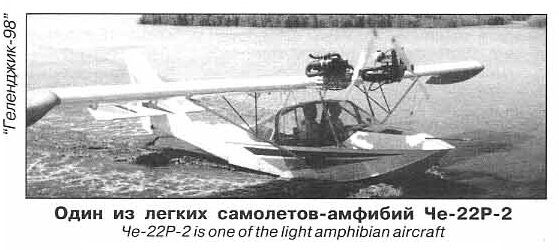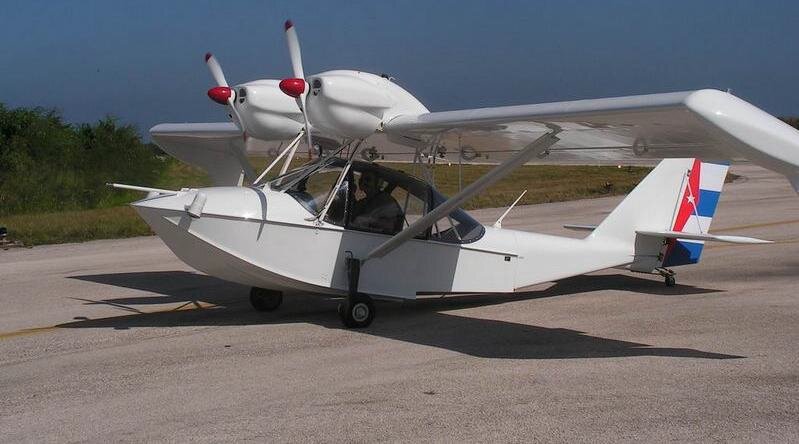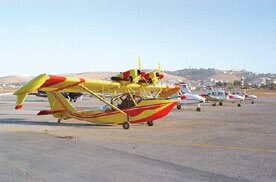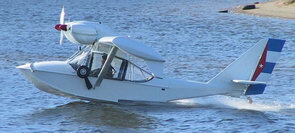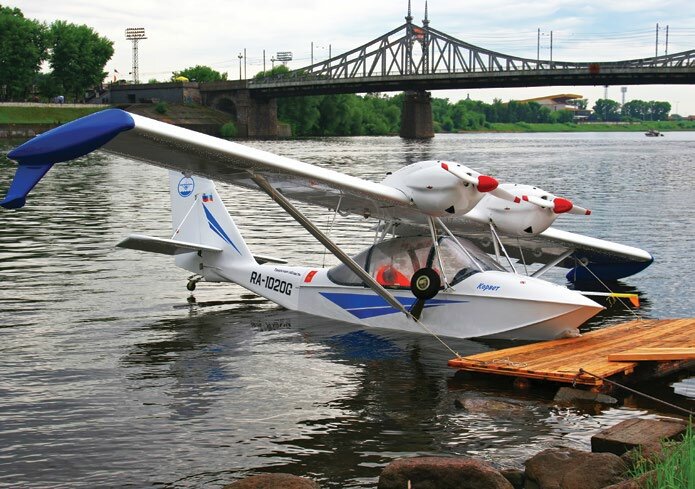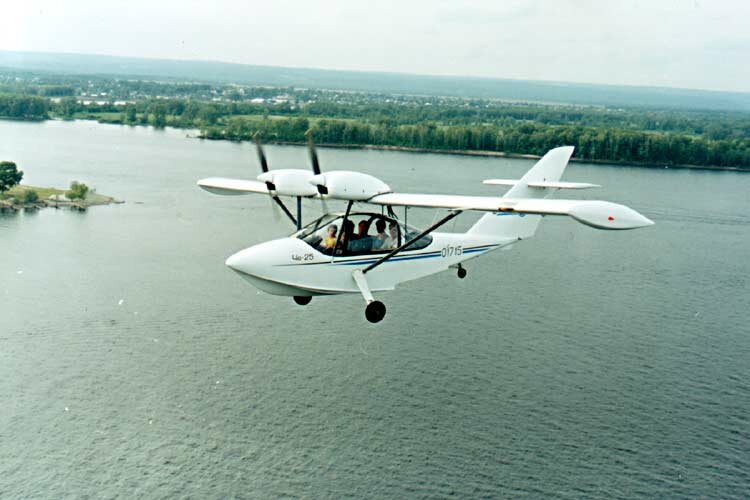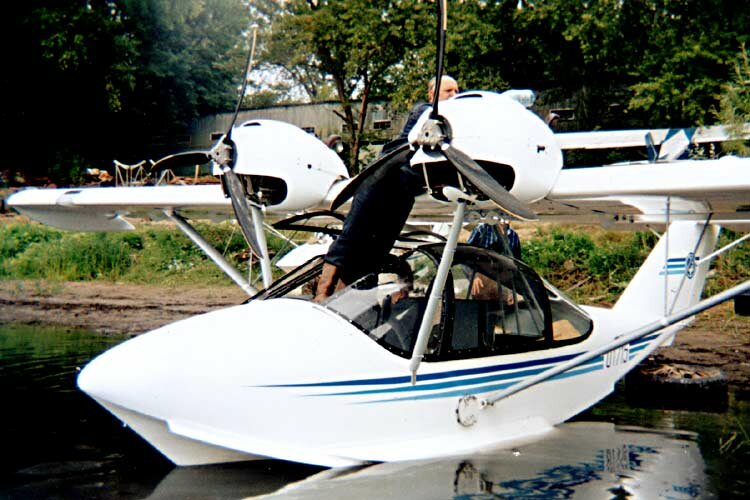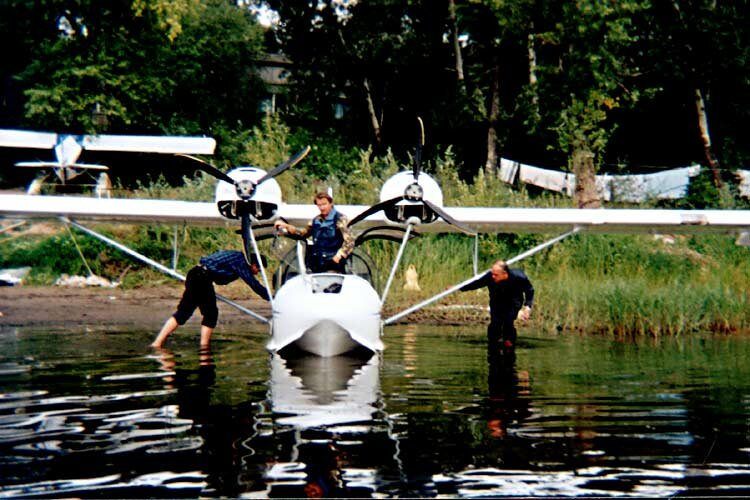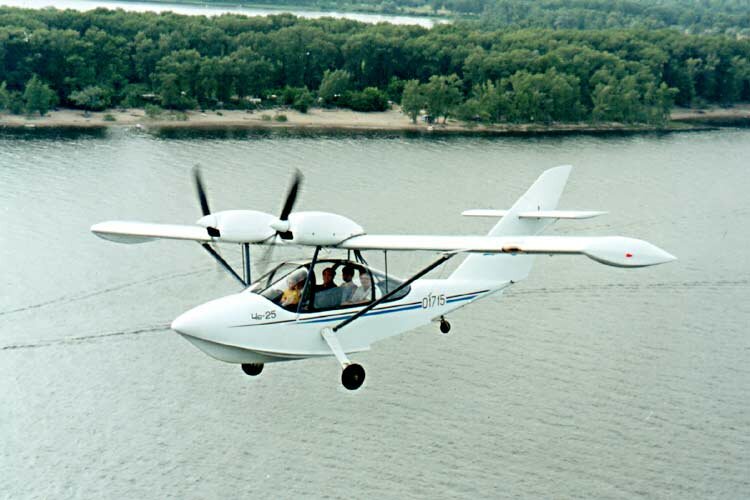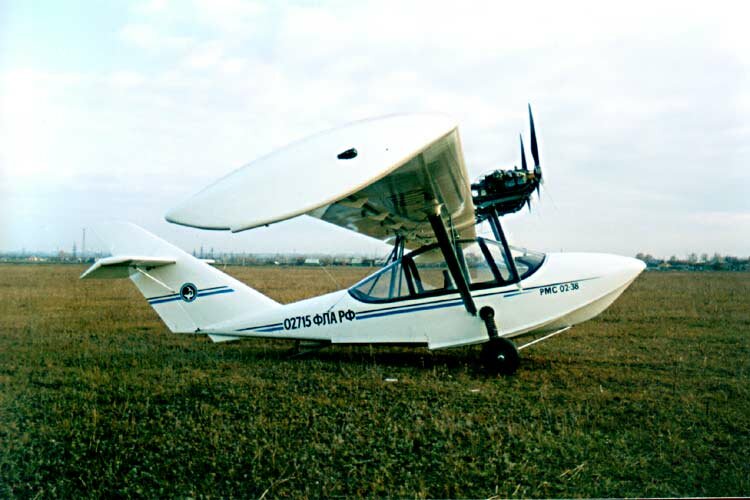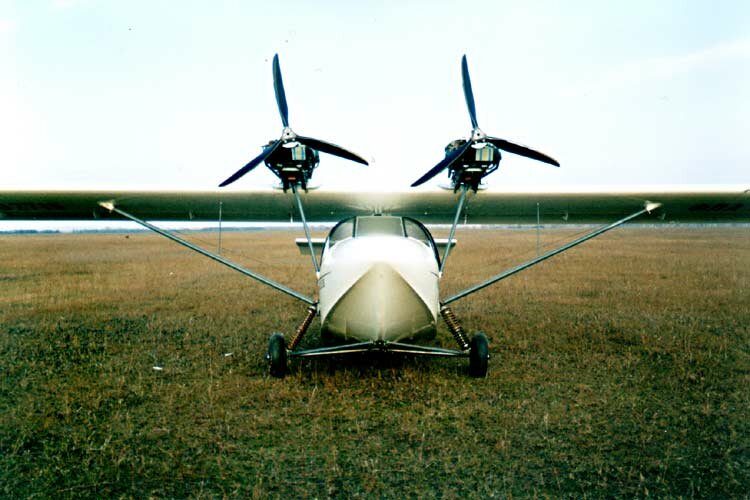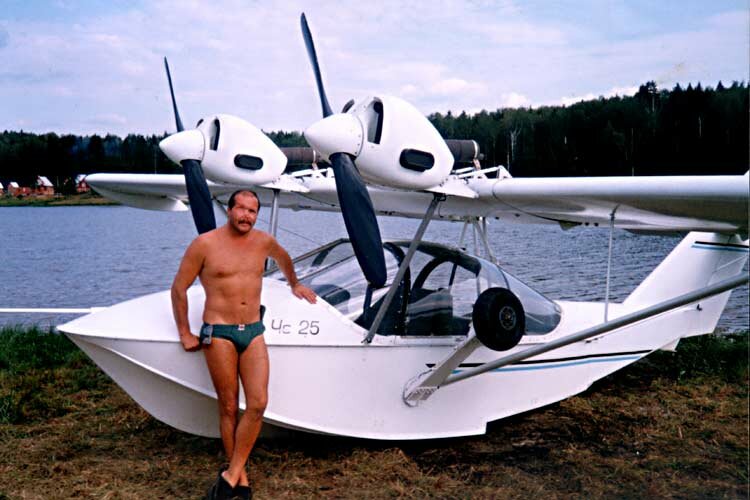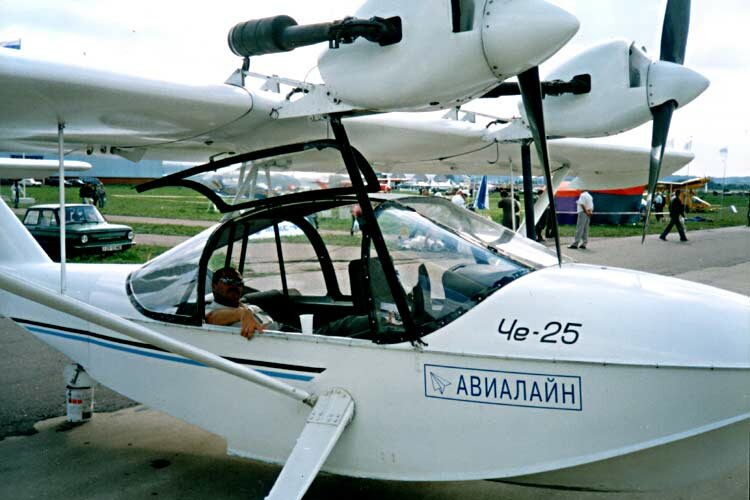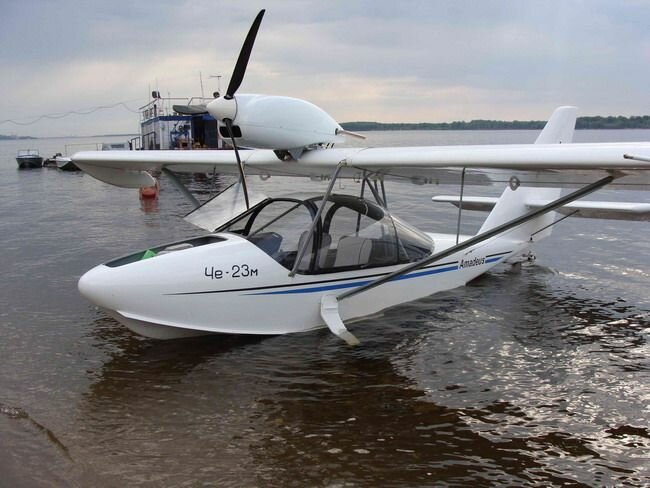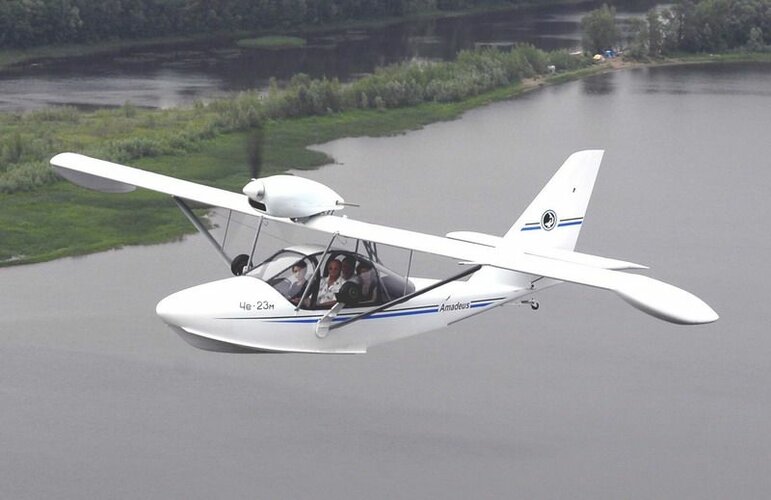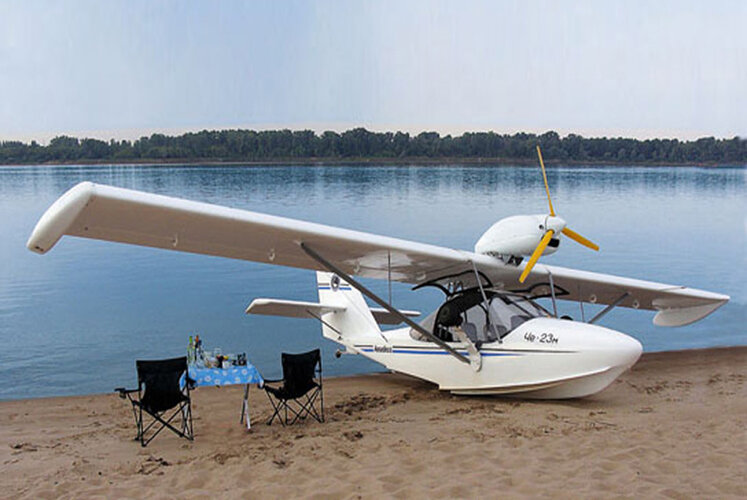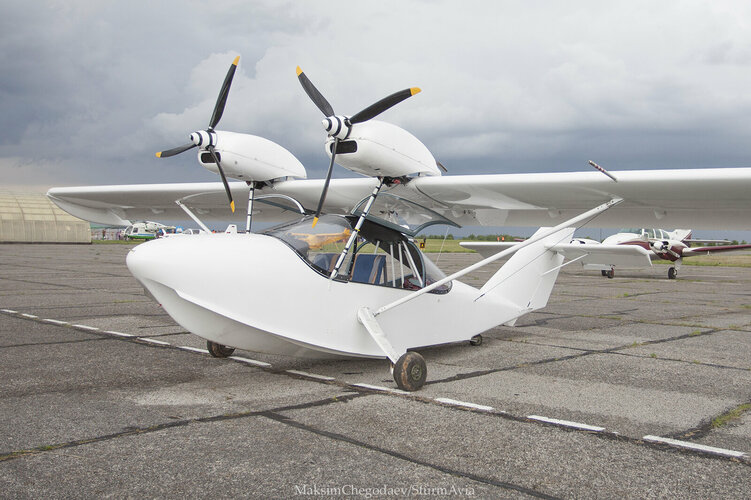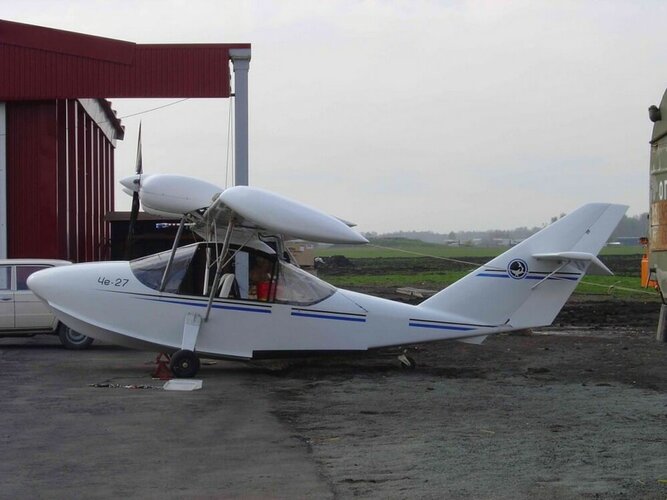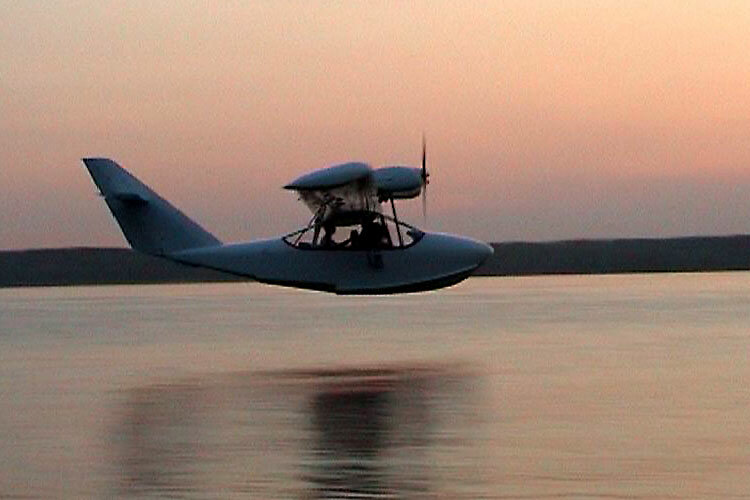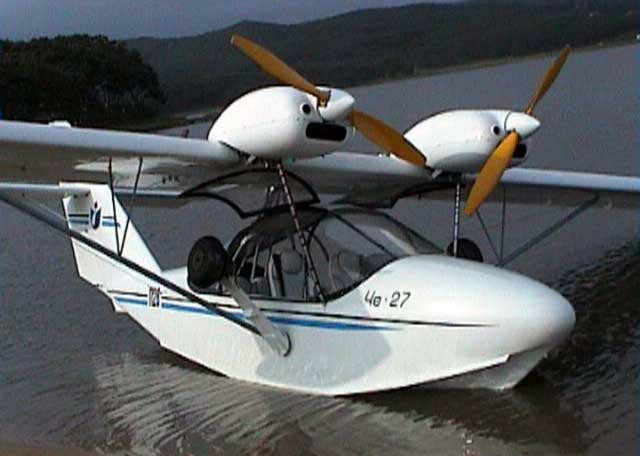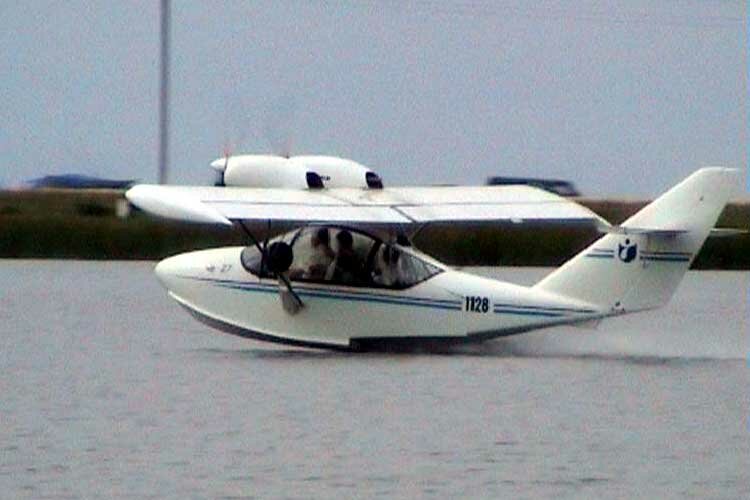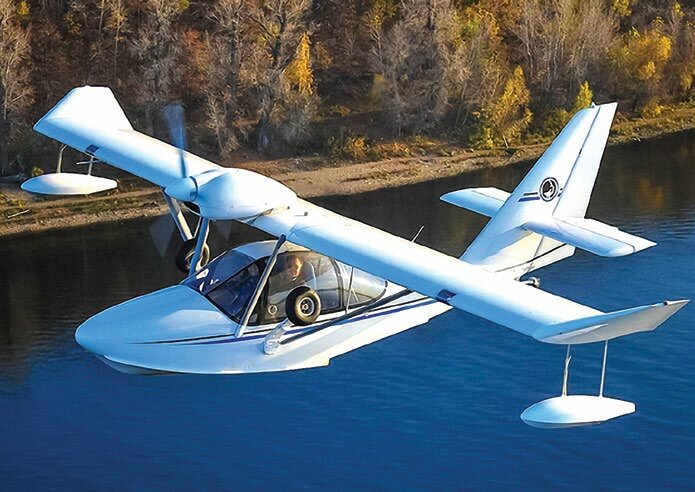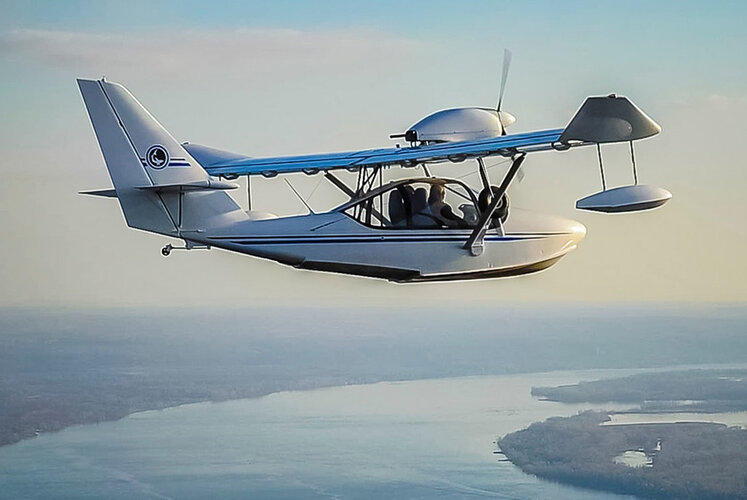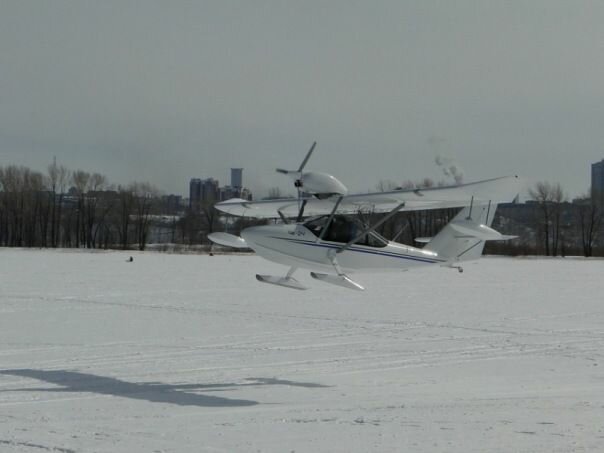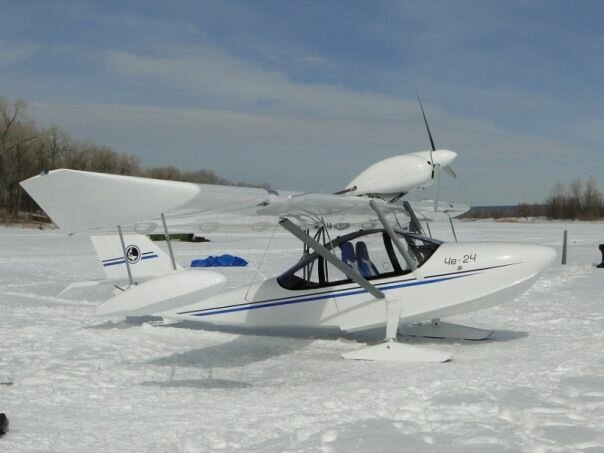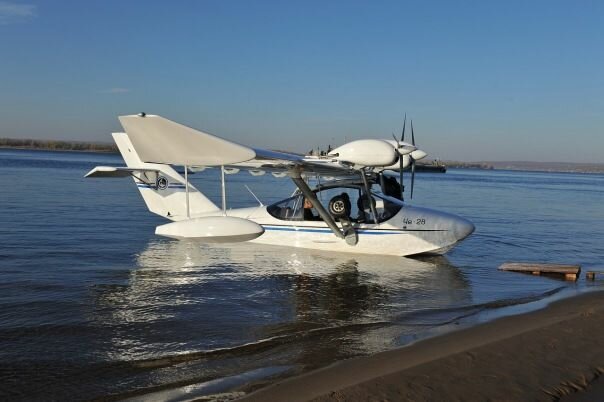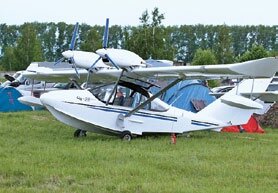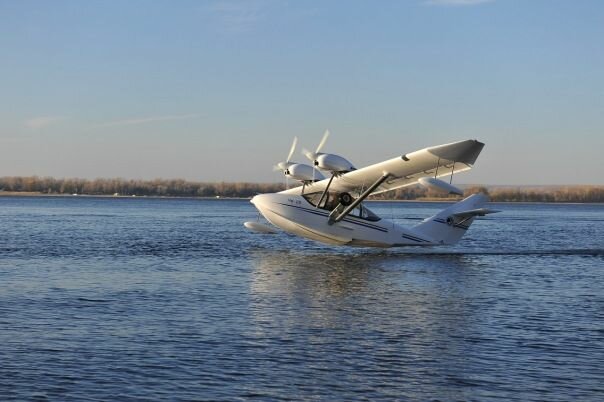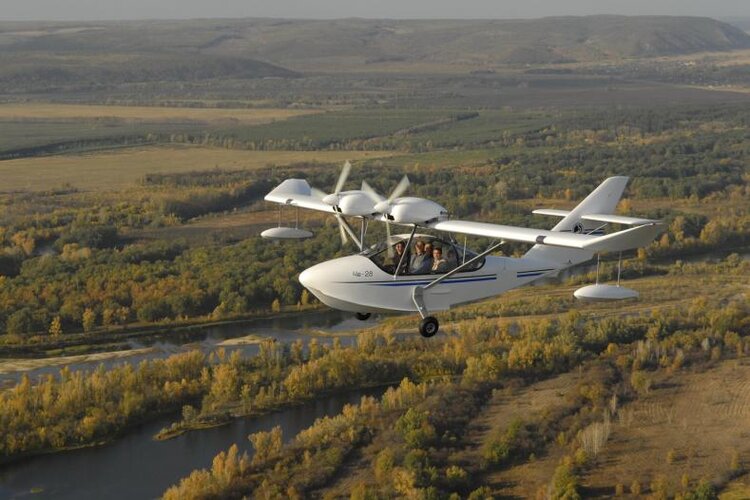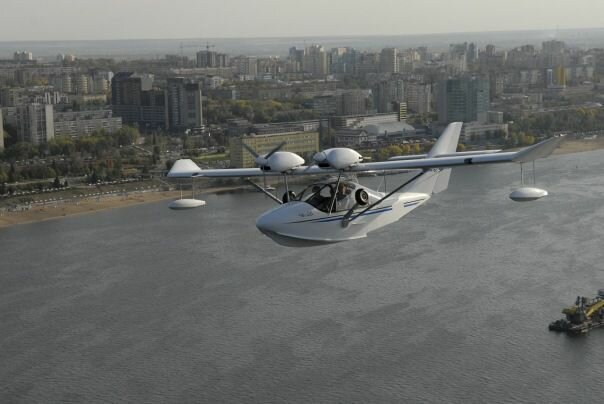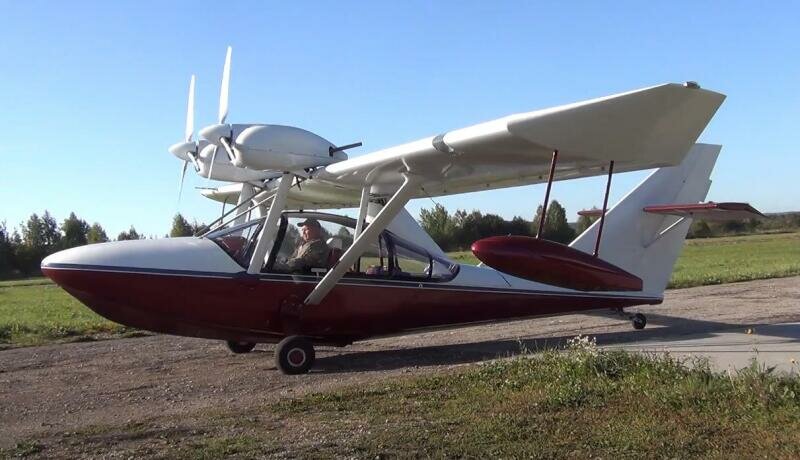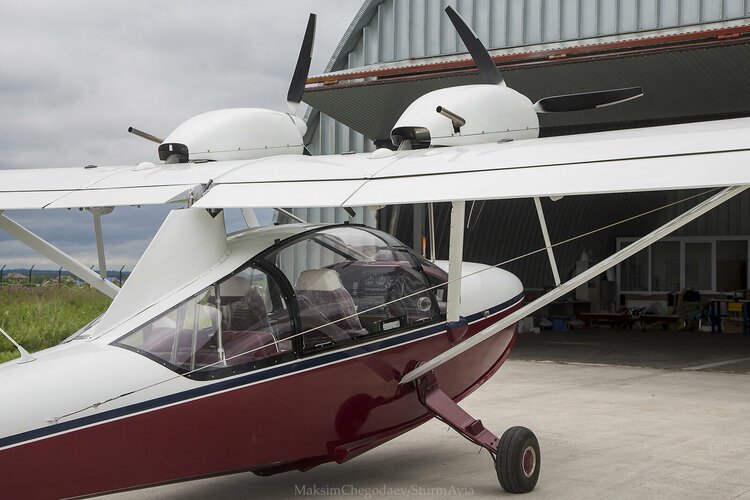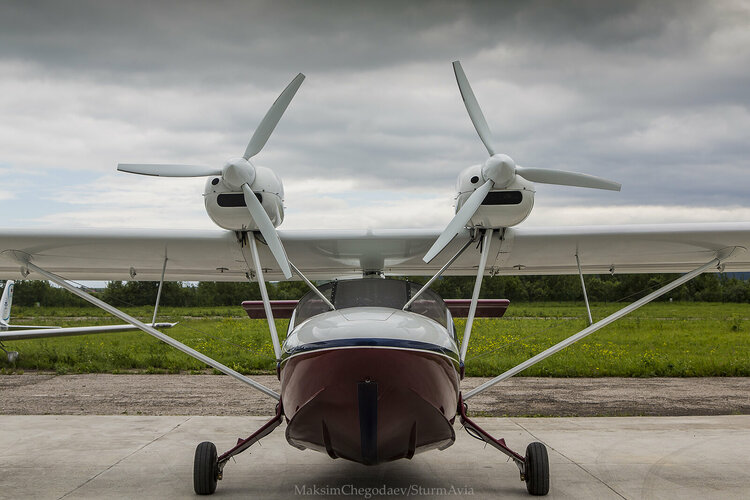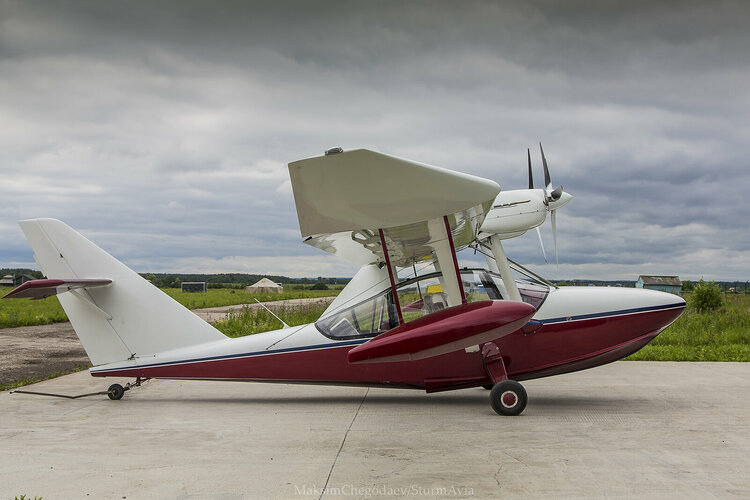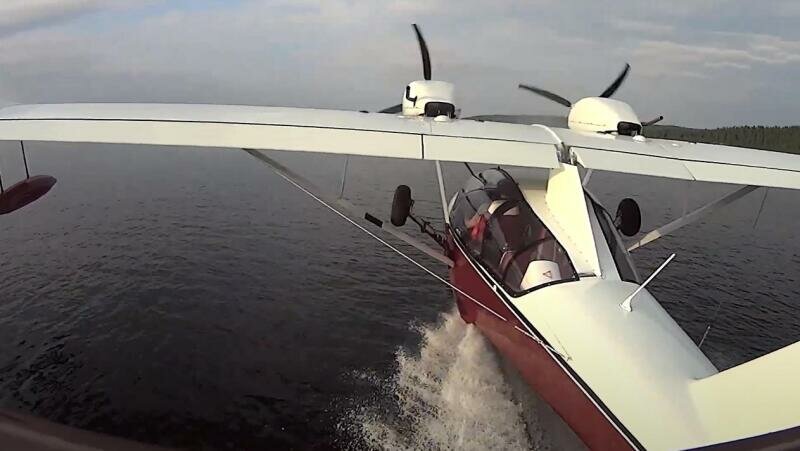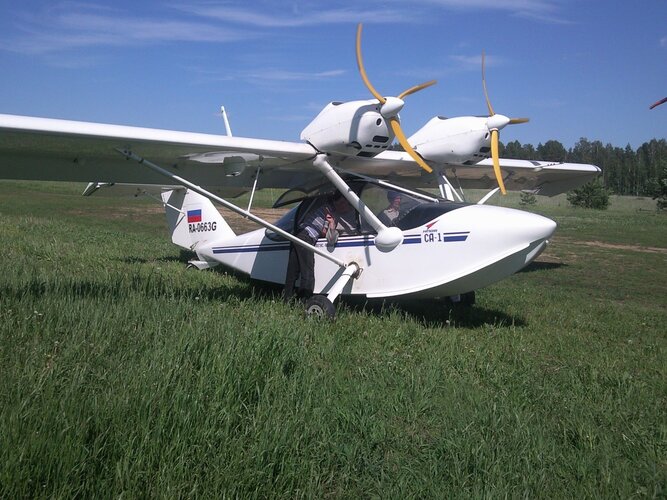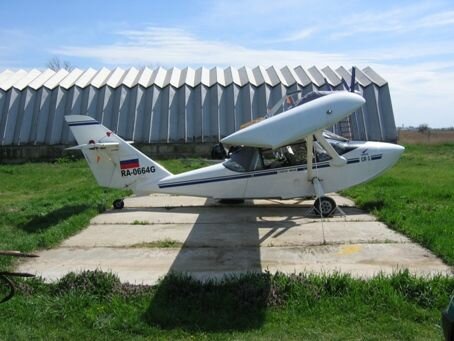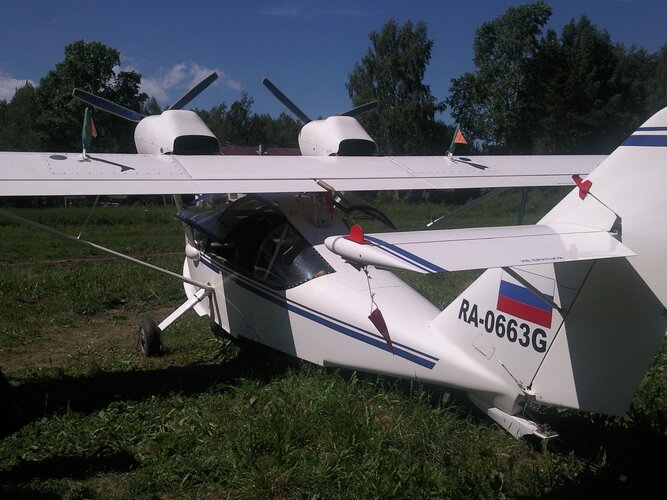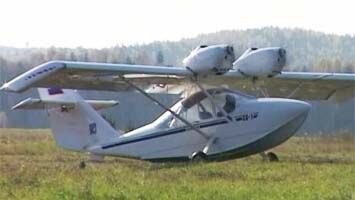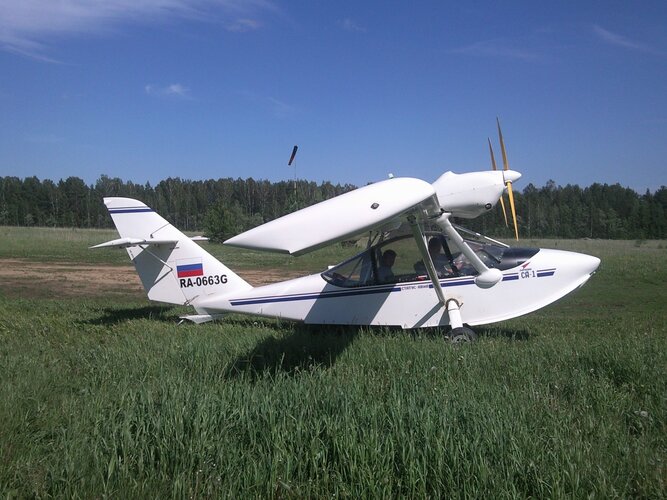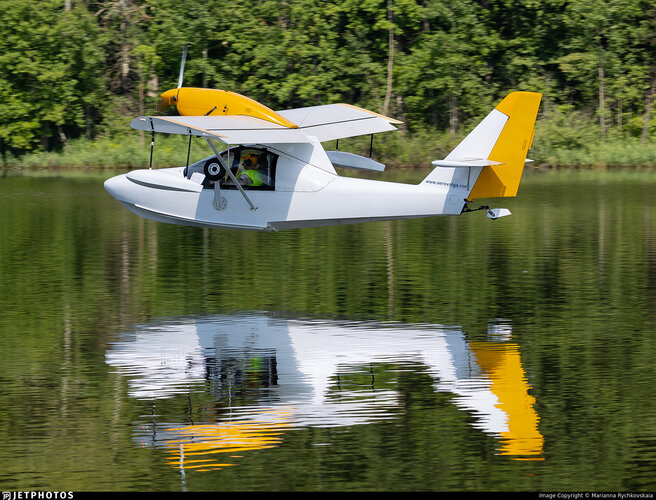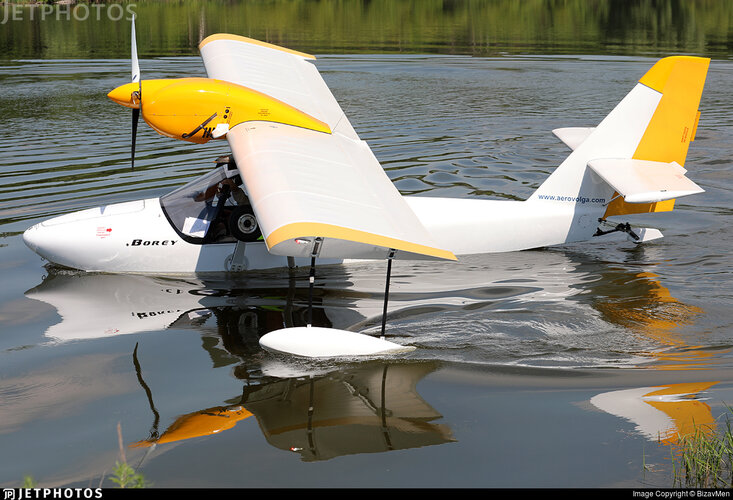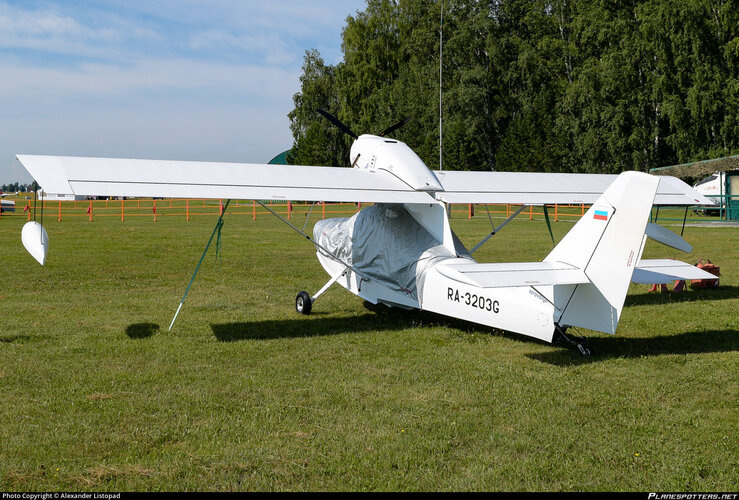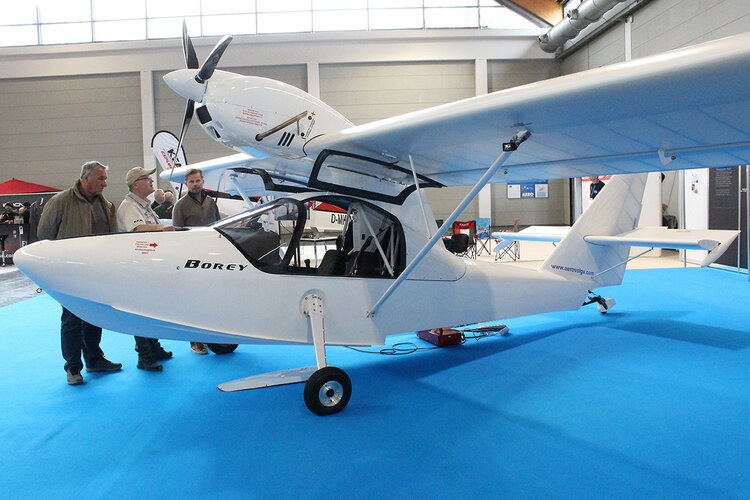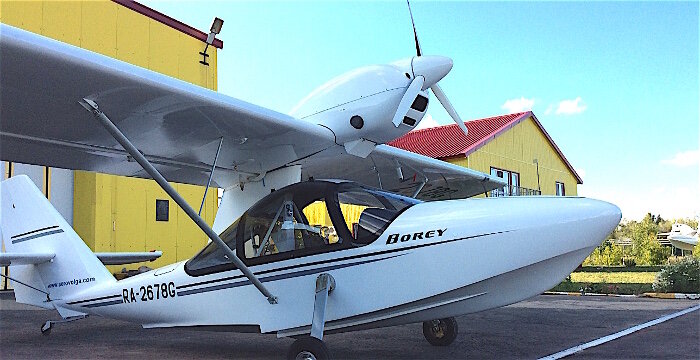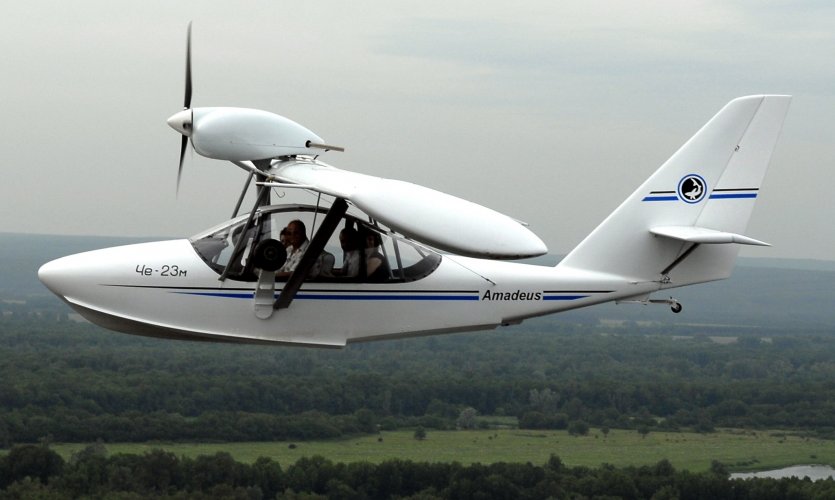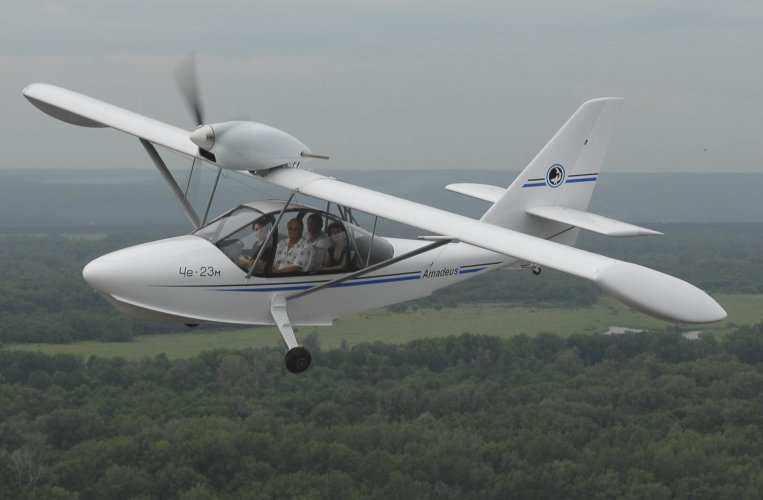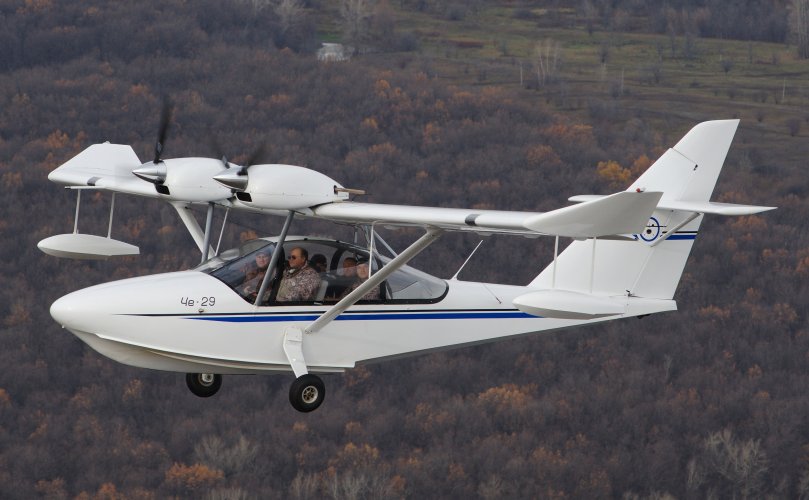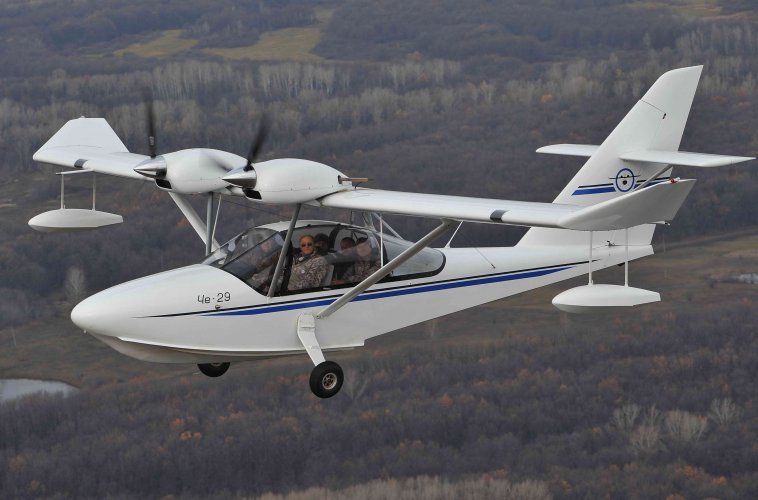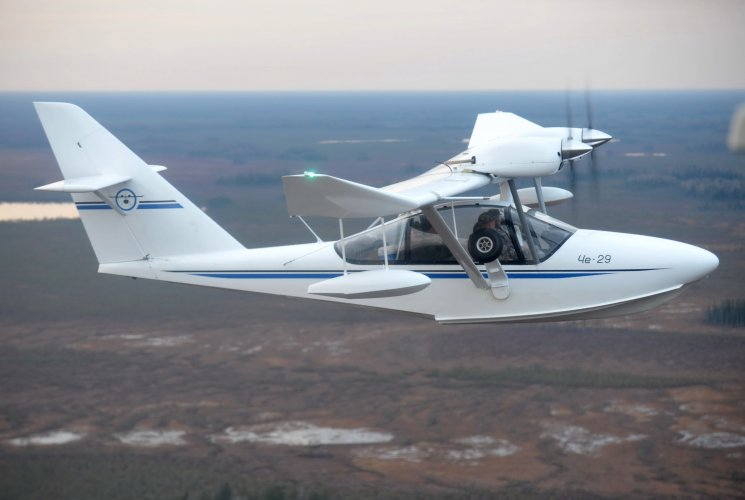- Joined
- 25 June 2009
- Messages
- 14,752
- Reaction score
- 6,141
The Samara region of Russia is undoubtedly the home of seaplane aviation in Russia. Several companies have developed flying boats, floatplanes and amphibians in that area over the past thirty years, all of them being kind of spiritual descendants of Shavrov's 1930s designs. One designer in particular was prominent in the design story of all those companies: Boris Chernov. The self-taught designer who built a dozen light aircraft, and whose designs were previously associated with the Samara-based No.1 Students' Design Bureau (SKB-1), is considered one of the founders of modern Samara hydro-aviation, and has been described as one of the most talented living aircraft designers of amphibious aircraft. Along with KB “Aerosamara” and other designers of the area such as Annenkov, he created several more seaplanes which were popular abroad (some of them being license-built in China and Vietnam).
Despite these achievements which made him a prominent figure of Russian general aviation, it is a fact that Chernov is a virtual unknown in the Western world, and information about him in English is sparse. The fact that his designs were also produced by an array of different companies such as AeroSamara, Staratel, Gidroplan, Status-Avia or AeroVolga makes it a little difficult at times to reconstruct the entire design lineage. Also, Chernov is kind of an independent mind on the Russian aviation scene. He always worked independently, without a strict connection to the aviation infrastructure, which hasn't helped making him a household name.
Boris Valentinovich Chernov was born in 1956 in Kuibyshev, in the Samara region. From the age of 10 he was engaged in ship modeling, winning regional and national competitions. After school, he was involved in water-motor sports for 7 years, during which time he built about ten racing boats and took part in many competitions which owed him the title of “Master Sportsman of the USSR”. In 1976, Chernov first took to the air in a homemade aircraft. It was simply a Rogallo-wing type, towed behind a motorboat. For several years he designed and built hovercraft such as the Albatros surface-skimmer. From 1983 onwards, he designed and built motorized hang gliders, some of them floats types. In 1985, his hydromotor trike participated in the SLA-85 light aircraft air meet in Kiev.
In 1986 Chernov built his first real aircraft, the Che-10, a tandem two-seater plane on floats; then in 1989, the first prototype of the three-seater Che-20, described by those who flew it as "an ideal club plane". It took part in the SLA-89 air meet in Riga. Then in 1991, the Che-30 was built, flown and presented at SLA-91 in Chernigov. That same year, serial production of the Che-20 aircraft began. Later on, the Che-20 was modernized into the Che-22 amphibious aircraft, developed with Evgeny Yunkerov, which was subsequently mass-produced under the name Corvette, becoming the first light amphibious aircraft in Russia to be certified by the IAC Aviation Register and built in fairly large series. The Che-25 followed in 1995, answering the need for a more seaworthy and load-lifting aircraft. For two summer seasons of 1996 and 1997, the type flew on the open coast of the Black Sea and performed well.
General aviation in general, and seaplanes in particular, were experiencing an unprecedented boom at the time, and so Chernov set up the Gidrosamolyet company in Saint-Petersburg (with Konstantin Viktorovich Dorgovtsov as its general director), in order to handle custom-made multi-purpose seaplanes and amphibious aircraft of the Che- brand. In 1996, however, Chernov was seriously injured while accompanying a cadet on a flight: part of his face was literally cut off by the propeller of the plane, but he himself sat down at the helm and flew to the hospital. In 1997, Chernov's team was assigned the technical task to design and build a small, open two-seater aircraft with easily folding wings, intended to be based on a large hull design. Thus was created the Che-15, first seen at the first Hydroaviation Show-98 in Gelendzhik. The modernized Che-25M began mass production in 1999. He later sold the documentation for the European Che-25 to a Chinese plant in Harbin. Chernov’s latest development is the unique Borey amphibious aircraft, produced by NPO AeroVolga.
B.V. Chernov, using many years of personal experience in building and operating light aircraft, continued work on various modernizations of production aircraft, developing a new, faster and more load-bearing aircraft, the sleek twin-engined light transport/cargo Che-35 amphibian (which unfortunately remained a project), while the light single-engine two-three-seater Che-23 amphibious aircraft was being prepared for release. Compared to the Che-22, it had a more aesthetic appearance, with improved aerodynamics, lighter weight and better seaworthiness.
On the side, the company entered into a dealer agreement with KB Aerocopter for the sale of the AK1-3 helicopter and a kit for amateur construction in Russia, but nothing came of it apparently. Furthermore, the boom of Russian hydro-aviation of the 1990s and 2000s had passed, orders stagnated (despite regular reduction of prices on the kits), Gidrosamolyet no longer attended the air meets (claiming it was costly and brought few customers), and eventually the company was liquidated in 2014.
Although he seems to have been inactive in latter years, Chernov co-founded a new company in Moscow in October 2022 called "OKB Chernov B & M, Ltd.", which leads one to believe that he probably still has plans for new developments. In 2021, AON Russia (general aviation federation) established a medal "For merits in the development of general aviation in Russia", and Chernov was one of its first recipients, a reminder of his importance in the field.
Research by Stéphane Beaumort for Secret Projects © 2024
Official Chernov site: http://www.sama.ru/~chernovb/
NOTE: I will tackle each of the Chernov types in separate posts.
Despite these achievements which made him a prominent figure of Russian general aviation, it is a fact that Chernov is a virtual unknown in the Western world, and information about him in English is sparse. The fact that his designs were also produced by an array of different companies such as AeroSamara, Staratel, Gidroplan, Status-Avia or AeroVolga makes it a little difficult at times to reconstruct the entire design lineage. Also, Chernov is kind of an independent mind on the Russian aviation scene. He always worked independently, without a strict connection to the aviation infrastructure, which hasn't helped making him a household name.
Boris Valentinovich Chernov was born in 1956 in Kuibyshev, in the Samara region. From the age of 10 he was engaged in ship modeling, winning regional and national competitions. After school, he was involved in water-motor sports for 7 years, during which time he built about ten racing boats and took part in many competitions which owed him the title of “Master Sportsman of the USSR”. In 1976, Chernov first took to the air in a homemade aircraft. It was simply a Rogallo-wing type, towed behind a motorboat. For several years he designed and built hovercraft such as the Albatros surface-skimmer. From 1983 onwards, he designed and built motorized hang gliders, some of them floats types. In 1985, his hydromotor trike participated in the SLA-85 light aircraft air meet in Kiev.
In 1986 Chernov built his first real aircraft, the Che-10, a tandem two-seater plane on floats; then in 1989, the first prototype of the three-seater Che-20, described by those who flew it as "an ideal club plane". It took part in the SLA-89 air meet in Riga. Then in 1991, the Che-30 was built, flown and presented at SLA-91 in Chernigov. That same year, serial production of the Che-20 aircraft began. Later on, the Che-20 was modernized into the Che-22 amphibious aircraft, developed with Evgeny Yunkerov, which was subsequently mass-produced under the name Corvette, becoming the first light amphibious aircraft in Russia to be certified by the IAC Aviation Register and built in fairly large series. The Che-25 followed in 1995, answering the need for a more seaworthy and load-lifting aircraft. For two summer seasons of 1996 and 1997, the type flew on the open coast of the Black Sea and performed well.
General aviation in general, and seaplanes in particular, were experiencing an unprecedented boom at the time, and so Chernov set up the Gidrosamolyet company in Saint-Petersburg (with Konstantin Viktorovich Dorgovtsov as its general director), in order to handle custom-made multi-purpose seaplanes and amphibious aircraft of the Che- brand. In 1996, however, Chernov was seriously injured while accompanying a cadet on a flight: part of his face was literally cut off by the propeller of the plane, but he himself sat down at the helm and flew to the hospital. In 1997, Chernov's team was assigned the technical task to design and build a small, open two-seater aircraft with easily folding wings, intended to be based on a large hull design. Thus was created the Che-15, first seen at the first Hydroaviation Show-98 in Gelendzhik. The modernized Che-25M began mass production in 1999. He later sold the documentation for the European Che-25 to a Chinese plant in Harbin. Chernov’s latest development is the unique Borey amphibious aircraft, produced by NPO AeroVolga.
B.V. Chernov, using many years of personal experience in building and operating light aircraft, continued work on various modernizations of production aircraft, developing a new, faster and more load-bearing aircraft, the sleek twin-engined light transport/cargo Che-35 amphibian (which unfortunately remained a project), while the light single-engine two-three-seater Che-23 amphibious aircraft was being prepared for release. Compared to the Che-22, it had a more aesthetic appearance, with improved aerodynamics, lighter weight and better seaworthiness.
On the side, the company entered into a dealer agreement with KB Aerocopter for the sale of the AK1-3 helicopter and a kit for amateur construction in Russia, but nothing came of it apparently. Furthermore, the boom of Russian hydro-aviation of the 1990s and 2000s had passed, orders stagnated (despite regular reduction of prices on the kits), Gidrosamolyet no longer attended the air meets (claiming it was costly and brought few customers), and eventually the company was liquidated in 2014.
Although he seems to have been inactive in latter years, Chernov co-founded a new company in Moscow in October 2022 called "OKB Chernov B & M, Ltd.", which leads one to believe that he probably still has plans for new developments. In 2021, AON Russia (general aviation federation) established a medal "For merits in the development of general aviation in Russia", and Chernov was one of its first recipients, a reminder of his importance in the field.
Research by Stéphane Beaumort for Secret Projects © 2024
Official Chernov site: http://www.sama.ru/~chernovb/
NOTE: I will tackle each of the Chernov types in separate posts.
Last edited:

